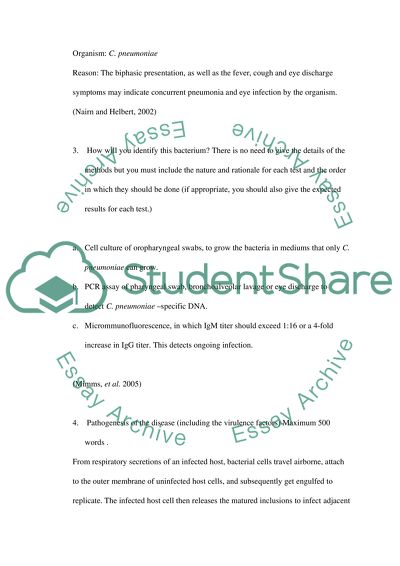Protocol Bacteriology(microbial disease and immunology) Assignment. Retrieved from https://studentshare.org/health-sciences-medicine/1612128-protocol-bacteriologymicrobial-disease-and-immunology
Protocol Bacteriology(microbial Disease and Immunology) Assignment. https://studentshare.org/health-sciences-medicine/1612128-protocol-bacteriologymicrobial-disease-and-immunology.


